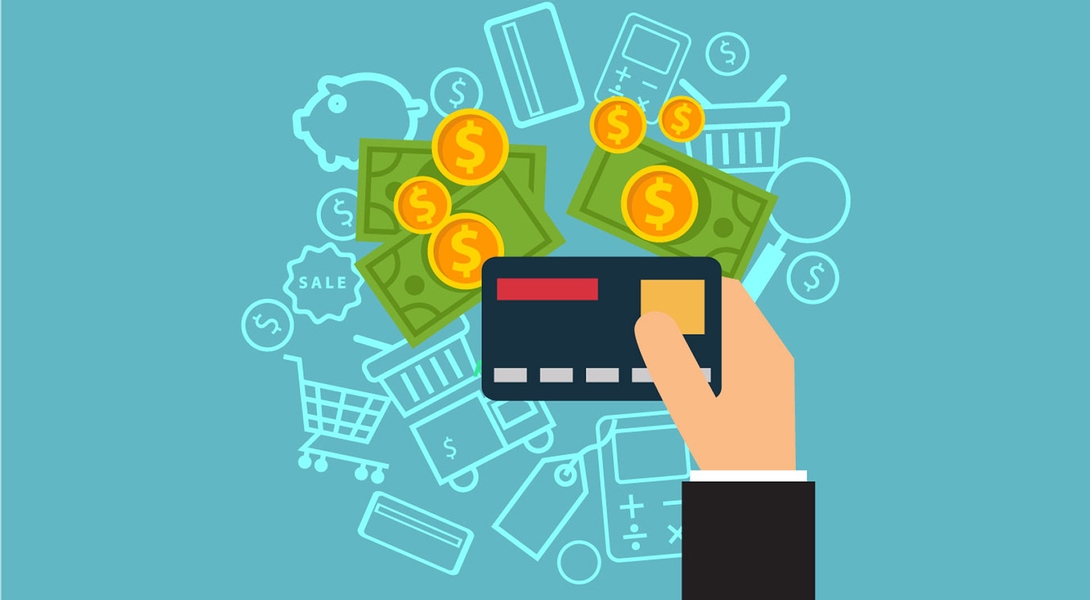Payment processing in the pre-digital era was pretty basic. A customer would purchase an item, scan a credit card at the register, and leave. From there, it was easy for the credit card servicer to process the transaction and deposit the funds into your account. These days, things work a little differently. Customers are increasingly reliant on e-wallets and payment apps like PayPal that simplify purchasing as much as possible.
At least, it simplifies things on their end. The shift in payment preferences presents some challenges to retailers across B2C and B2B transactions.
Historically Popular Payment Trends
eCommerce success relies on creating a good experience, and retailers need to support this by prioritizing the payment methods their customers actually use. For the typical customer in the B2C space, these payment trends are pretty straightforward. According to the data, these are consumers’ preferred options:
- Credit card (29.5%)
- PayPal (14.8%)
- Debit card (9.2%)
- Cash or check (8%)
This keeps things relatively simple for B2C retailers. But what about the B2B space, where risk-averse buyers still cling to older payment methods?
We’ll get into the complexities of B2B purchasing in a moment, which will shed some light on why B2B retailers are so slow to adopt new technologies. But for now, keep in mind that B2B purchasing is still dominated by older payment methods that offer a less-than-ideal customer experience.
Key Takeaways
- B2C eCommerce features high adoption in credit-based payments and digital payment platforms.
- B2B eCommerce is still dominated by more traditional payment methods.
- The complexities of B2B purchasing present challenges to retailers hoping to adopt new strategies.
B2B eCommerce Retailers Struggle to Adapt
Given its complexity, let’s focus on B2B eCommerce and the progress that’s being made in the digital payments space. B2B eCommerce is slow to change when compared to B2C, but it’s not for a lack of investment—Forrester predicts that U.S. B2B eCommerce will reach $1.8 trillion by 2023, with a compound annual growth rate of 10 percent over the next five years.
The reason new payment technologies in B2B lag behind B2C has to do with the complexity of the B2B purchasing process. Unlike B2C transactions, where consumers can swipe their credit card and call it a day, B2B buyers undergo a longer and more thorough evaluative process for every transaction. There tend to be multiple decision-makers involved, and there are other considerations—such as cash flow—that the company will need to address.
In addition to the buying process, the size of the transaction necessitates that companies use more traditional payment methods. Imagine using a company credit card to purchase something for $10,000 or $100,000? Not likely.
As a result, it becomes necessary for an eCommerce platform to support the multiple ways that a B2B buyer may purchase, including cash, check, or purchase order, which all fall outside the typical online world of “credit card only.”
Technical Challenges & Business Practices Make B2B Payments More Complicated
While eCommerce marketing managers are eager to integrate the latest in payment technologies and services into their checkout process, they’re also likely dealing with a number of factors that can slow down that implementation.
There are two major factors working against the adoption of newer payment methods in B2B eCommerce, and both are important to review when considering your next eCommerce platform implementation:
1. B2B Customers Aren’t Given the Payment Options They Want
Functionality on the front-end, customer-facing aspect of the site is often limited and lacking options for B2B transactions.
Imagine doing all your product research, visiting multiple sites and vendors, finding what you need and beginning the ordering process only to get through to the payment screen to discover that you can’t check out and complete your purchase. As a B2B customer, you would expect to be able to buy the same ways you can offline. Sure, having the option to use PayPal, credit card, or some other newer service is great, but business requirements may force you to use a purchase order, as inefficient as that may be.
Overall, it’s best if you can line up the payment options available to the customer on the front-end during the checkout experience with the same options they have when contacting their sales rep over the phone.
2. Order & Account Management Tools Are Lacking
Within order and account management, the lack of reporting and tools available for managing B2B orders is often a pain-point to assisting customers who want to place future orders. And this is only the beginning; there are numerous tools available to eCommerce providers that can help build out the front-end shopping experience:
- Ability to complete a sale on credit and view the total credit balance on my account. Ideally, the online and offline orders are kept in sync for an accurate picture of total amount due / spent on the account.
- Product pricing, volume discounts, and loyalty purchases should all be maintained across systems. This ensures that valued customers are getting the same pricing, discounts, or bonuses regardless of where they make their purchase.
- If purchasing is available via credit, the customer has insight into balance, listing of open invoices, and total credit balance through the “My Account” section of the website. Ideally, the customer should be receiving automated notifications of any outstanding balances and have the ability to make payments against those amounts through “My Account.”
Key Takeaways
- Customers may prefer the latest payment technology available, but regardless of what you’re using, they want the offline and online payment options to be the same.
- eCommerce providers need to understand which ordering and account management tools will be best suited to building out their UX.
A New Frontier for eCommerce Payments
Things are changing on the eCommerce frontier for both B2C and B2B retailers.
Naturally, consumers are showing a preference for more agile digital payment solutions, with options like Apple Pay and Amazon Pay becoming popular. But according to 2018 research on preferred payment methods for B2B companies, the same holds true for B2B buyers and their choice of payment option:
- Automated clearing house (53%)
- Card (22%)
- Wire transfer (12%)
- Check (11%)
By far, automated clearing house (ACH) options are the preferred method for B2B companies. And as one of the few digital payment options on the list, the preference makes sense. Even risk-averse B2B buyers and sellers are becoming more comfortable with digital payments, but up until recently, the ACH protocol was one of the few ways to make it happen.
These days, companies are going outside this system to create fully-integrated eCommerce experiences within their own enterprises. At least, the ones who take a forward-thinking approach to their eCommerce strategy are. And when you consider 2018 research on B2B payment trends showing that half of all global B2B transactions are made digitally with further adoption expected in the coming years, it’s clear that these companies will be leading the pack in terms of competitive advantage.
Key Takeaways
- Both business buyers and consumers prefer agile, digital payment options that support convenient purchasing.
- B2B companies are realizing that digital payment processing should be an integrated part of their eCommerce platform.
- Companies that work toward creating an eCommerce experience with flexible payment options built into the platform will have a competitive edge as eCommerce continues to grow.
The Future of B2B Payments
The complexity of B2B transactions has presented serious challenges to the adoption of new payment technologies, but things are slowly starting to change. As B2B vendors become more comfortable with digital payments and new platforms revolutionize the eCommerce UX, we expect to see digital payments in B2B become the norm sooner rather than later. It’s not a question of if; it’s a question of when—and the sooner that eCommerce providers get on board, the easier time they’ll have distinguishing themselves in the marketplace.


